Ask a coach: ‘I'm over 50, are there any indoor workouts I should avoid?’
Here’s how you can get the most from indoor training as you get older
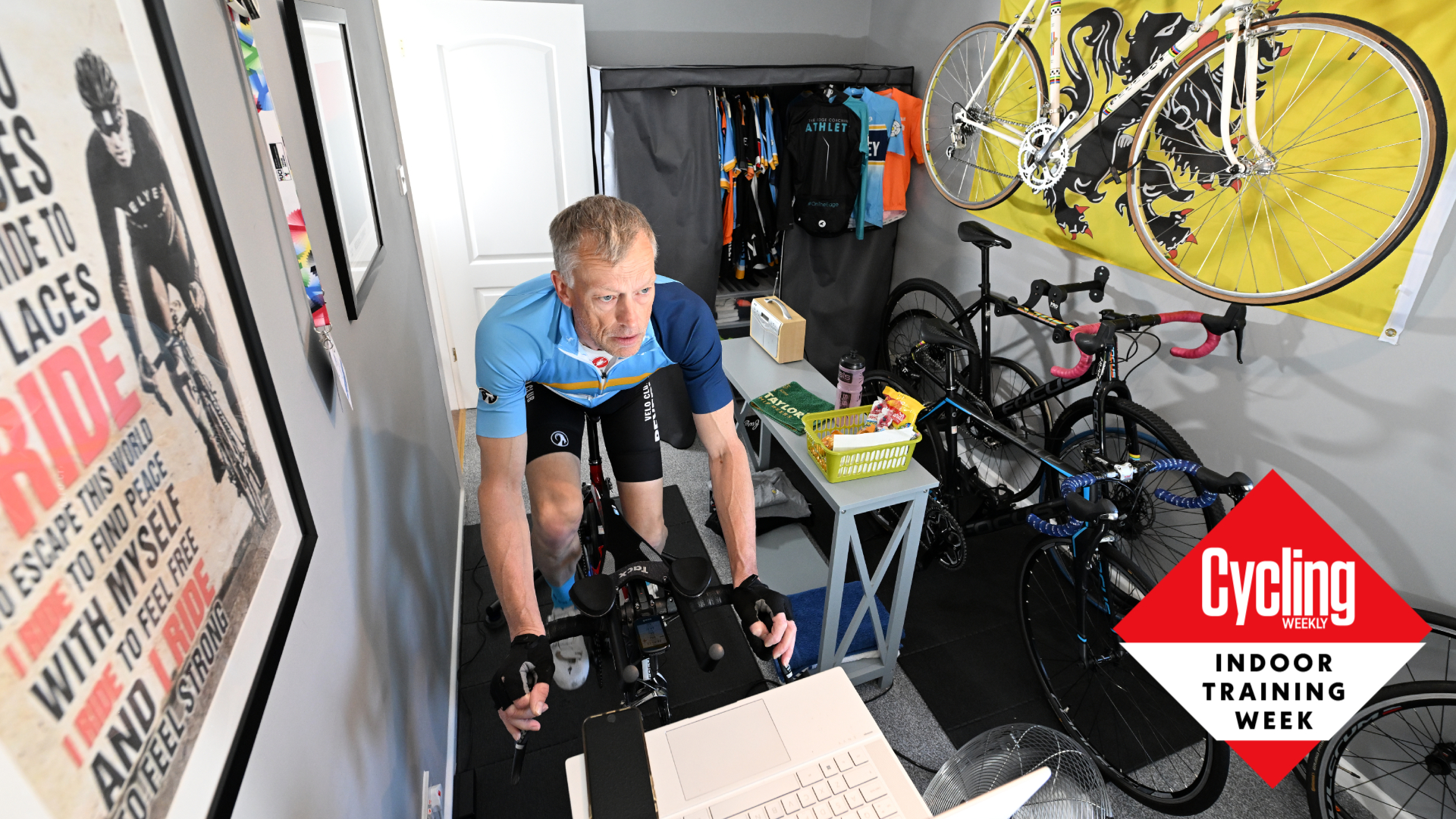

There are so many indoor cycling workouts to choose from - but are there any that you should avoid as you get older? With most questions in the realms of coaching and physiology, ‘it depends’ often ends up being the ultimate answer - and that applies somewhat in this case too. Cycling coach Alex Welburn is on hand to explore exactly what it depends on!

Performance cycling coach Alex Welburn is one of the experts who will be answering your questions in Cycling Weekly's Ask a Cycling Coach series, online every Wednesday. He's currently completing a PhD on Critical power and W' at Loughborough University whilst also managing the Performance Project, in which he coaches athletes and provides consultation.
What to consider
As a side note, I have had the pleasure of working with a few over 50-year-old ultra-endurance riders who won the 24-hour mountain world championships and there wasn’t anything we specifically avoided.
Whilst there isn’t a session I wouldn’t recommend, there are some important considerations I would advise you to give some thought to. Make sure a session is within your physical capabilities - you don’t want to think I’m not going to complete this session as you won’t enjoy it. Also, it is more than likely that you will start to avoid that style of session.
For example, with 30s on, 30s off cycling sessions (which are quite intense) start with a number of intervals which are fully within your capabilities. Then, as you build up confidence, you can increase the number of intervals and then the intensity of them. This is actually a good tip for anyone when it comes to choosing indoor workouts.
Use it or lose it: the benefits of gym work
With muscle, it is very much a case of ‘use it or lose it’. One of the common things we observe with master’s athletes is a decline in type II muscle. This is what we call your ‘fast twitch’ or your ‘sprint’ fibers. This is one of the main confounding reasons you may feel you have lost your kick, or your short-range explosive powers have declined.
It can be due to the decline in type two muscle fiber types as mentioned, but this decline can also be due to the lack of training that evokes the use of these fibers with a sufficient stimulus to minimize decline and/or promote growth.
Strength training in the gym isn’t just about mimicking what you do on the bike, it's about creating strength development which then links in with the training you are doing. I would break this into two parts: strength and power, thinking about how much you can lift.
Get The Leadout Newsletter
The latest race content, interviews, features, reviews and expert buying guides, direct to your inbox!
If you are new to the gym, I would always recommend going through a general conditioning phase, whereby you start reasonably light. If it is just the bar that is absolutely fine. If it's just 2.5kg that is also fine! Getting used to the movement and thereby improving technique reduces the risk of injury, hence moving with good form is very important. If you are unsure, there will be strength and conditioning coaches who can show you how to do so correctly - something I would advocate.
Along with gym work, I would advocate an explosive session, where your muscles will contract at maximal contractile speed. This can be in the form of box jumps, lunge jumps, etc.
Indoor cycling sessions to focus on
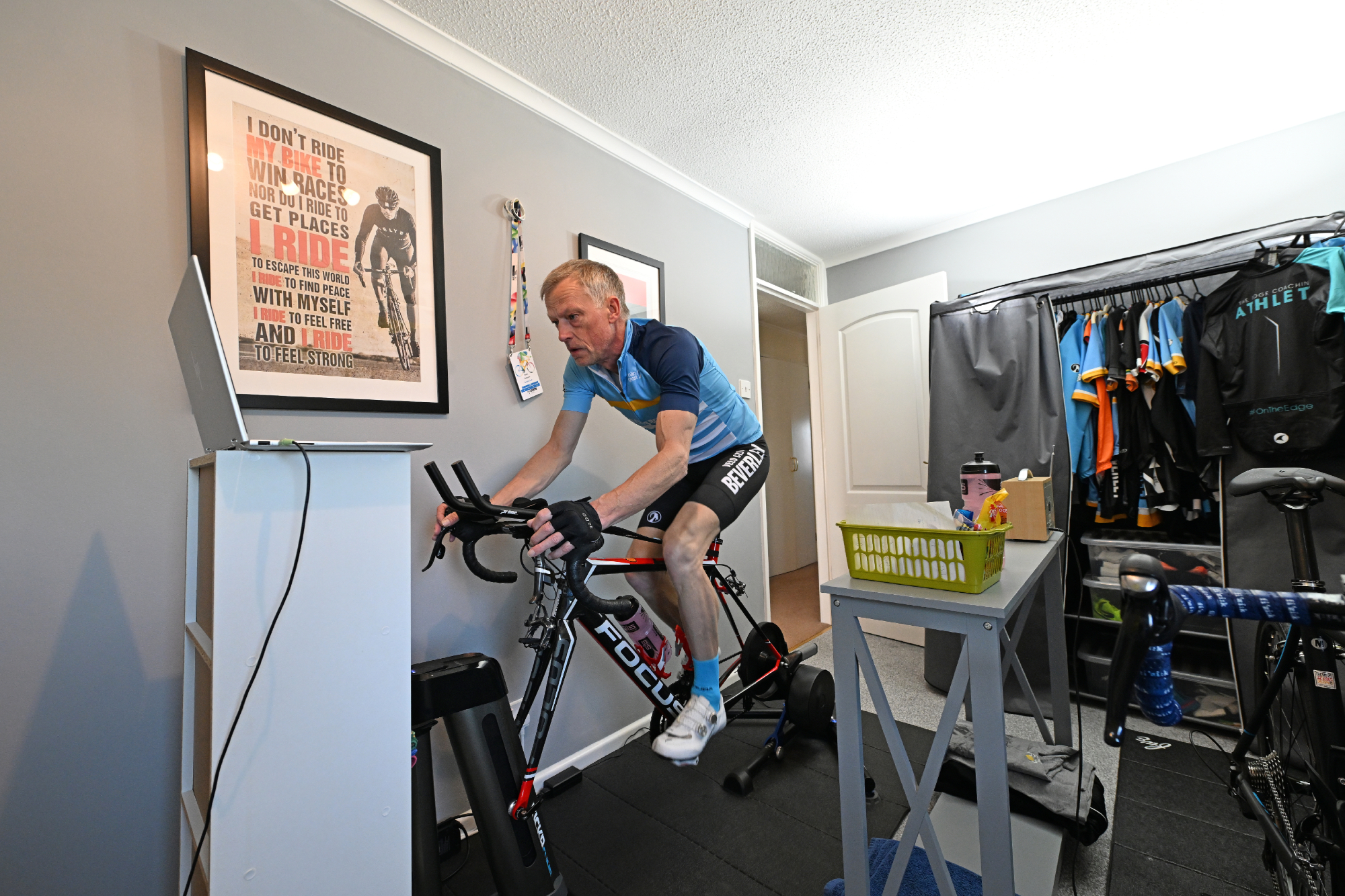
Nevertheless, with that being said, there are some indoor sessions you may want to consider. VO2 max declines with age. It is normal, but we can slow this down via doing VO2 efforts, there are two typical styles sustained where you complete 3-5 minutes of effort at around your 5-8 minutes max power or your intermittent style efforts such as 20 seconds on 10 seconds recovery.
Considering we want to try and fire those type II muscle fibers, having some sprint sessions will certainly help, which can be from sprints where you are in the optimal gear - or you can go over geared efforts forcing you to get those legs up to speed. Or even the opposite, where you are in a much easier gear and it’s all about leg speed!
Collectively, if you are in good health, there are no typical sessions which I would suggest you avoid. I would take a holistic view of your training: what your goals are, and what your strengths and weaknesses are and ensure everything is focused on that.
As I mentioned, there are other elements to consider such as minimising the decline of muscle mass and VO2 MAX, considering gym-based work, which is not just for the bike for the longevity of your health and most importantly enjoying it, all whilst ensuring your nutritional requirements are met as well. Overall, there isn’t anything in particular I would suggest you avoid, but consider the fundamentals that I have mentioned, and enjoy your time on the bike!

Thank you for reading 20 articles this month* Join now for unlimited access
Enjoy your first month for just £1 / $1 / €1
*Read 5 free articles per month without a subscription

Join now for unlimited access
Try first month for just £1 / $1 / €1
Alex is a Physiologist, Performance Coach, who also lectures occasionally at Loughborough
University where he is completing his PhD in Critical power and W'.
After competing for over 10 years on the bike, where he has competed for GB in both
cyclocross and mountain bike events, he now spends his spare time in the mountains as an
aspiring guide. Alex has worked with cyclists of all levels over the last 9 years, from ultra-
endurance world champions to the Women’s TDF. Supporting his PhD he manages The
Performance Project, consulting with and coaching athletes. Finally, he is also a proud
sponsor of southern based LAKA X Pedal Mafia Race Team.
-
 Remco Evenepoel hails end of 'dark period' and announces racing return
Remco Evenepoel hails end of 'dark period' and announces racing returnOlympic champion says comeback from training crash has been 'the hardest battle of my life so far'
By Tom Thewlis
-
 A bike rack with an app? Wahoo’s latest, and a hub silencer – Sea Otter Classic tech highlights, Part 2
A bike rack with an app? Wahoo’s latest, and a hub silencer – Sea Otter Classic tech highlights, Part 2A few standout pieces of gear from North America's biggest bike gathering
By Anne-Marije Rook
-
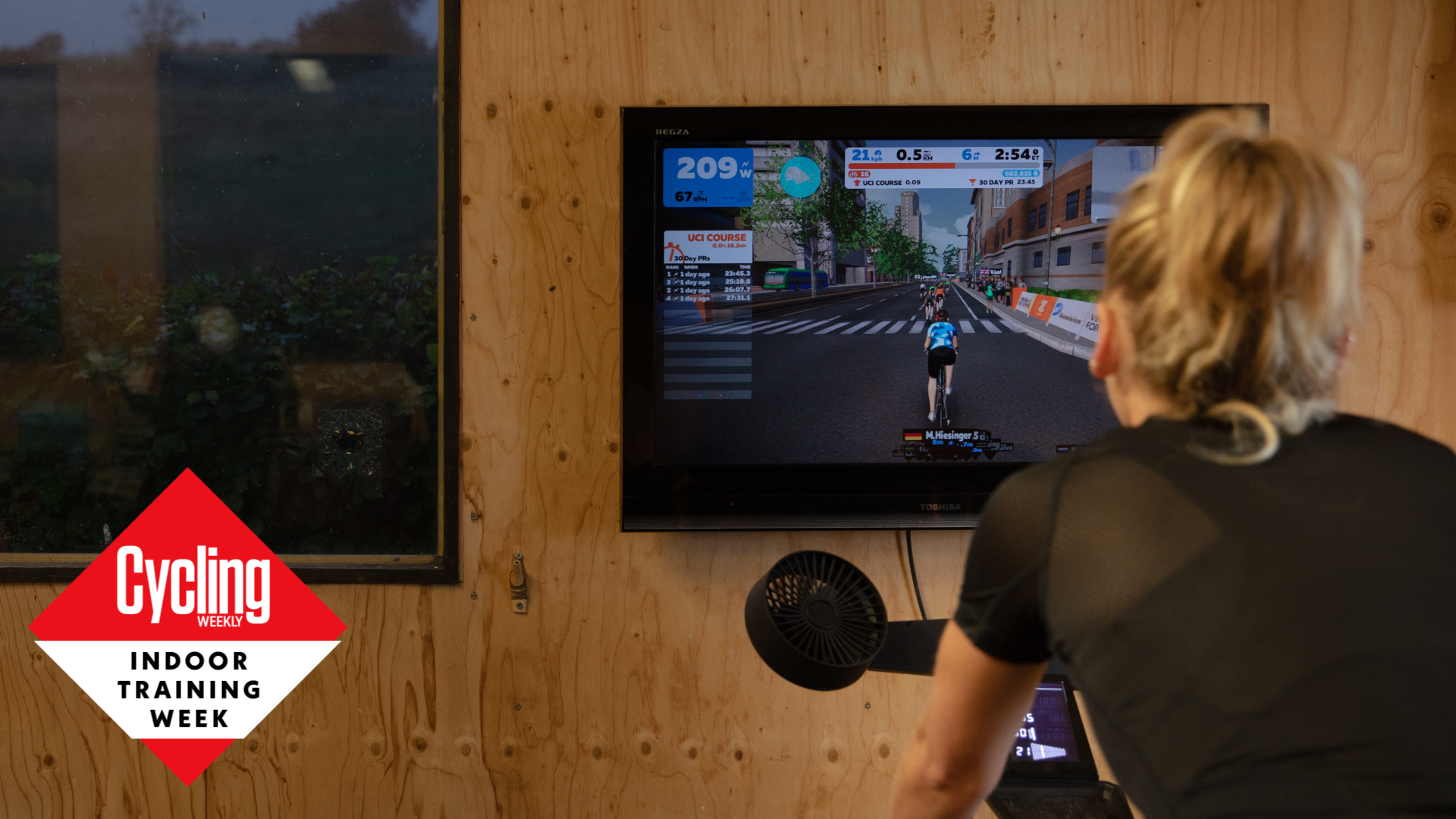 The best workouts and training plans on Zwift – the coach’s choice
The best workouts and training plans on Zwift – the coach’s choiceOur resident cycling coach selects the best Zwift workouts and training plans to help you achieve your cycling goals
By Andy Turner
-
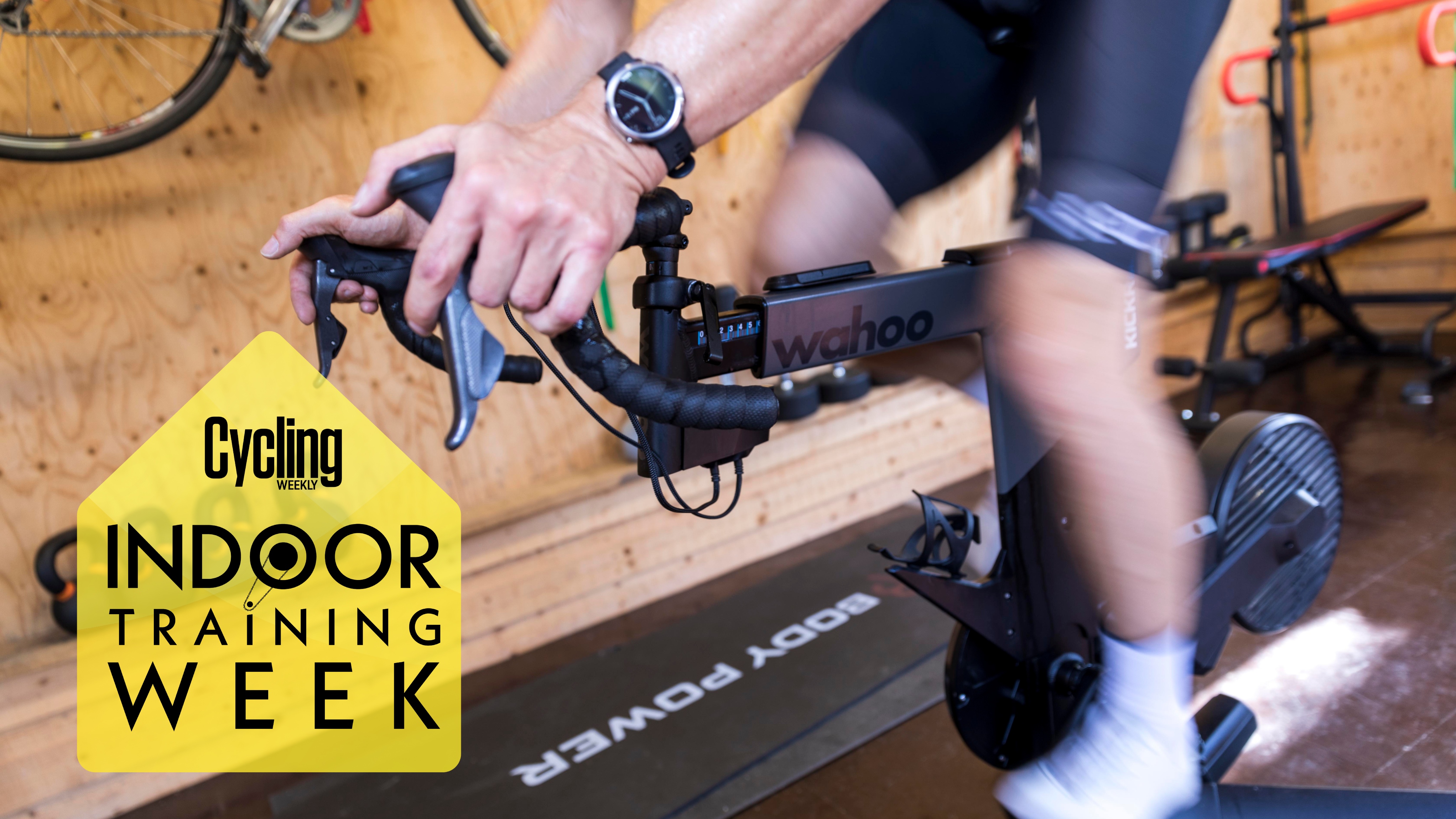 Do simulated climbs indoors benefit your uphill prowess?
Do simulated climbs indoors benefit your uphill prowess?The cost of indoor training just keeps climbing, but are gradient simulators a worthwhile investment?
By Hannah Reynolds
-
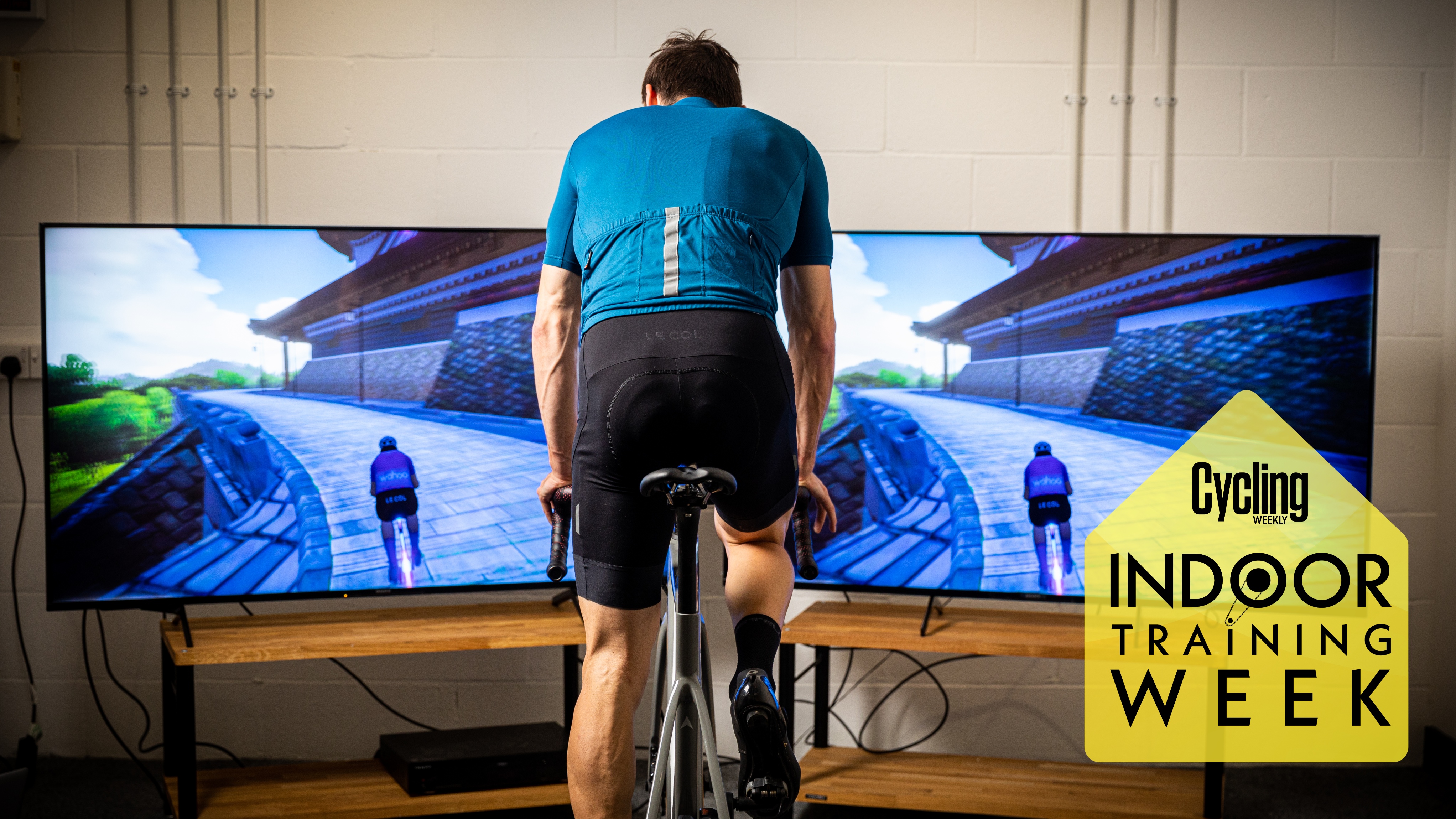 Riding climbs indoors isn't the same as scaling a mountain - here's how to ensure your hard work pays off outside
Riding climbs indoors isn't the same as scaling a mountain - here's how to ensure your hard work pays off outsideGrinding up virtual climbs may not carry the same physiological benefits as scaling mountains, but the differences can be overcome - cycling coach Andy Turner explains
By Andy Turner
-
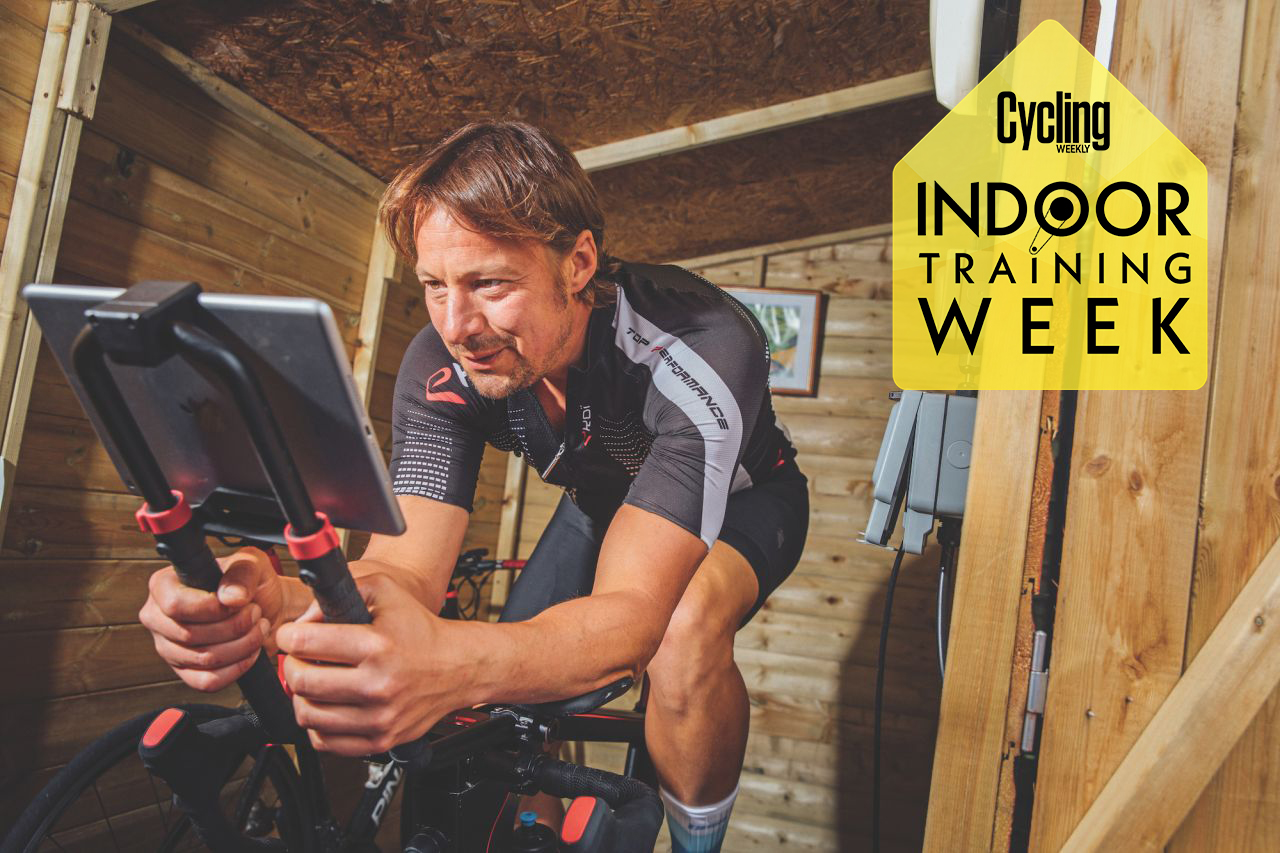 I tried Zwift’s three hardest training sessions and broke the pain barrier
I tried Zwift’s three hardest training sessions and broke the pain barrierWe pitch Zwift’s three toughest pre-programmed training sessions head to head to ascertain which one hurts the most
By Stephen Shrubsall
-
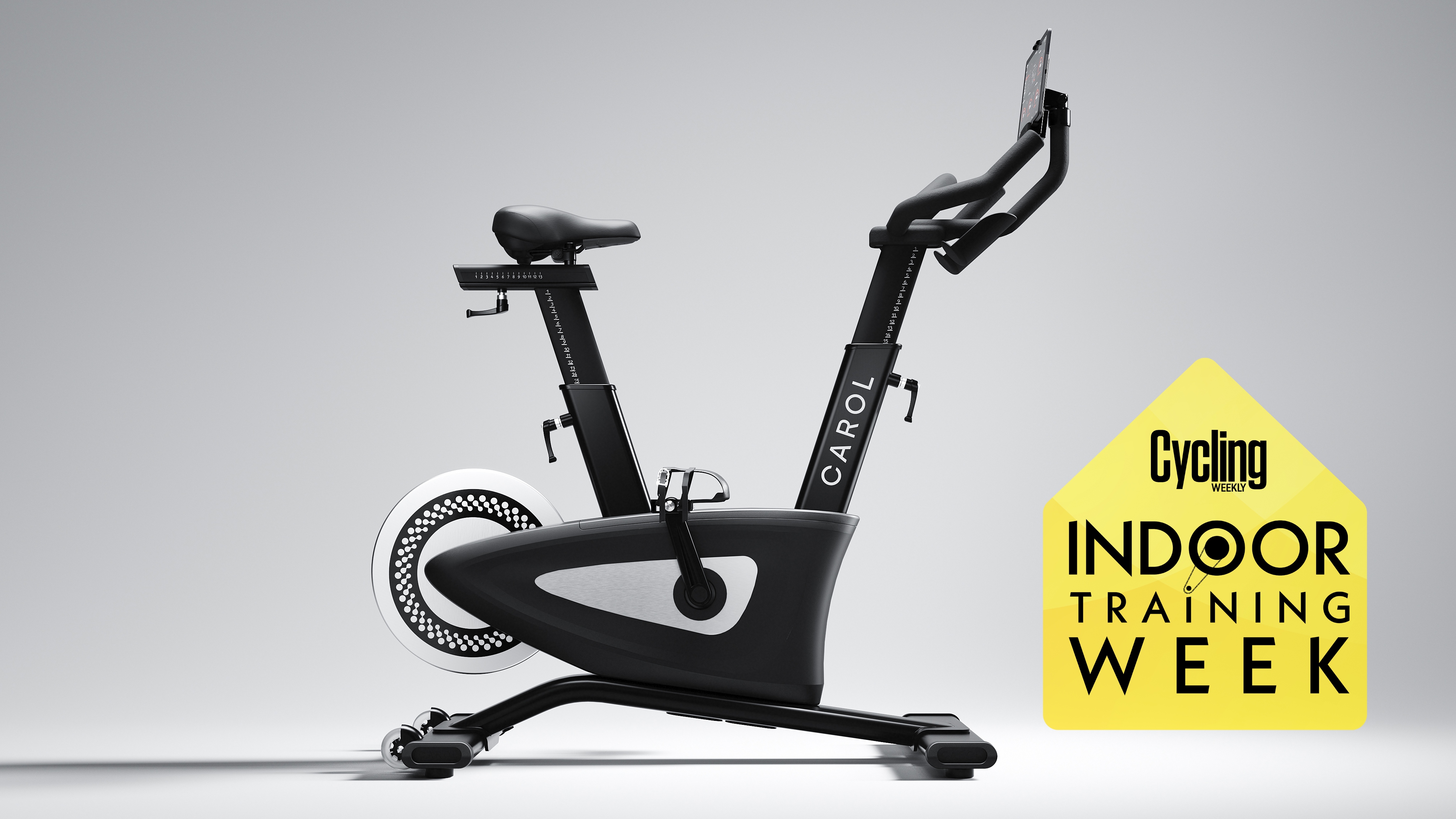 Makers of this AI powered bike claim you can get fit in under nine minutes a day — we put it to the test
Makers of this AI powered bike claim you can get fit in under nine minutes a day — we put it to the testDedicated cyclists often consider an hour the threshold for a successful indoor training session — but could the reality be much, much quicker?
By Hannah Reynolds
-
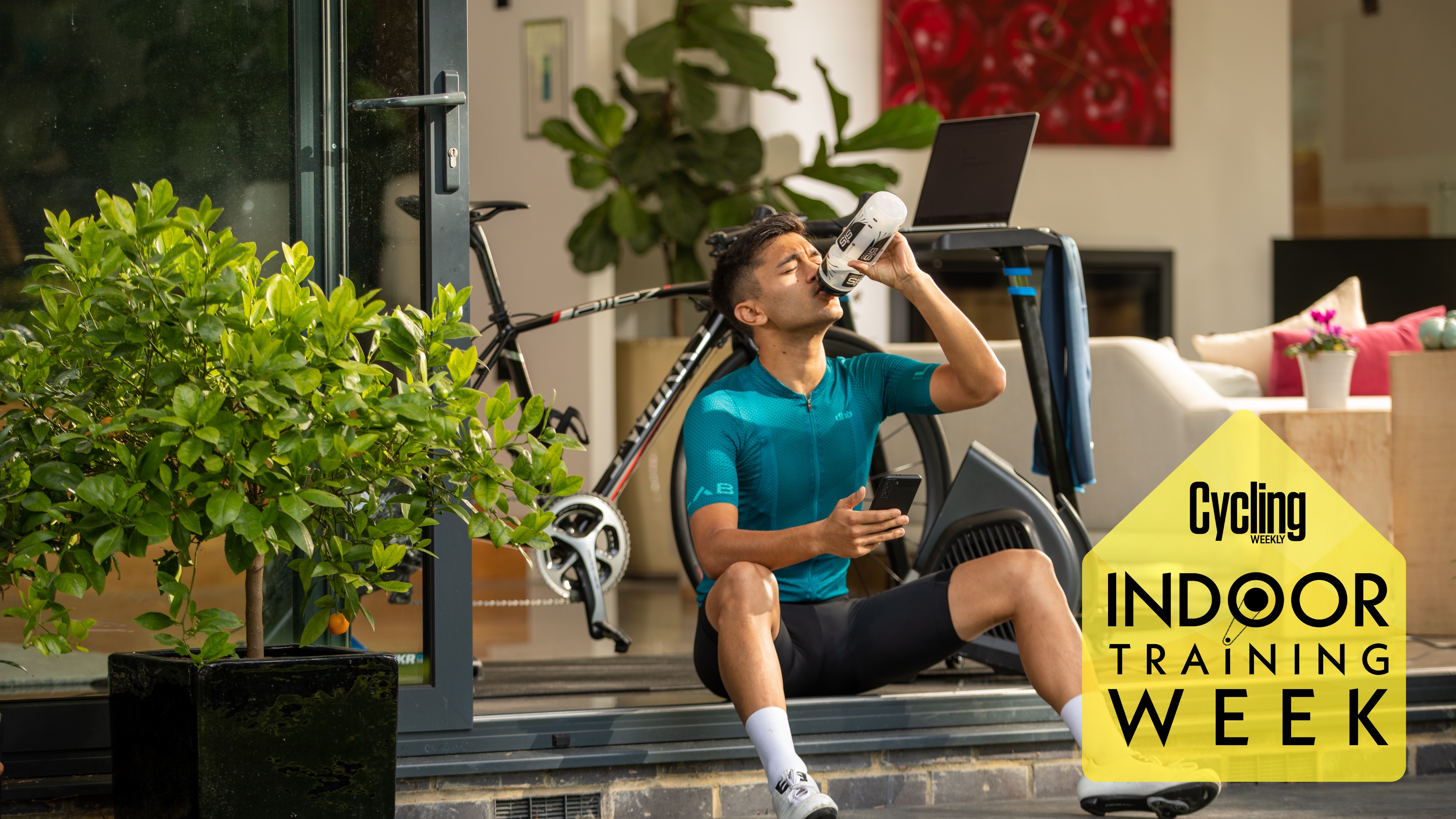 Think you don't need to eat for a 60 minute indoor session? Think again
Think you don't need to eat for a 60 minute indoor session? Think againDo you just jump on the trainer for an early session, or after work, without fuel? You may be missing out on low-hanging fruit, argues cycling coach Andy Turner
By Andy Turner
-
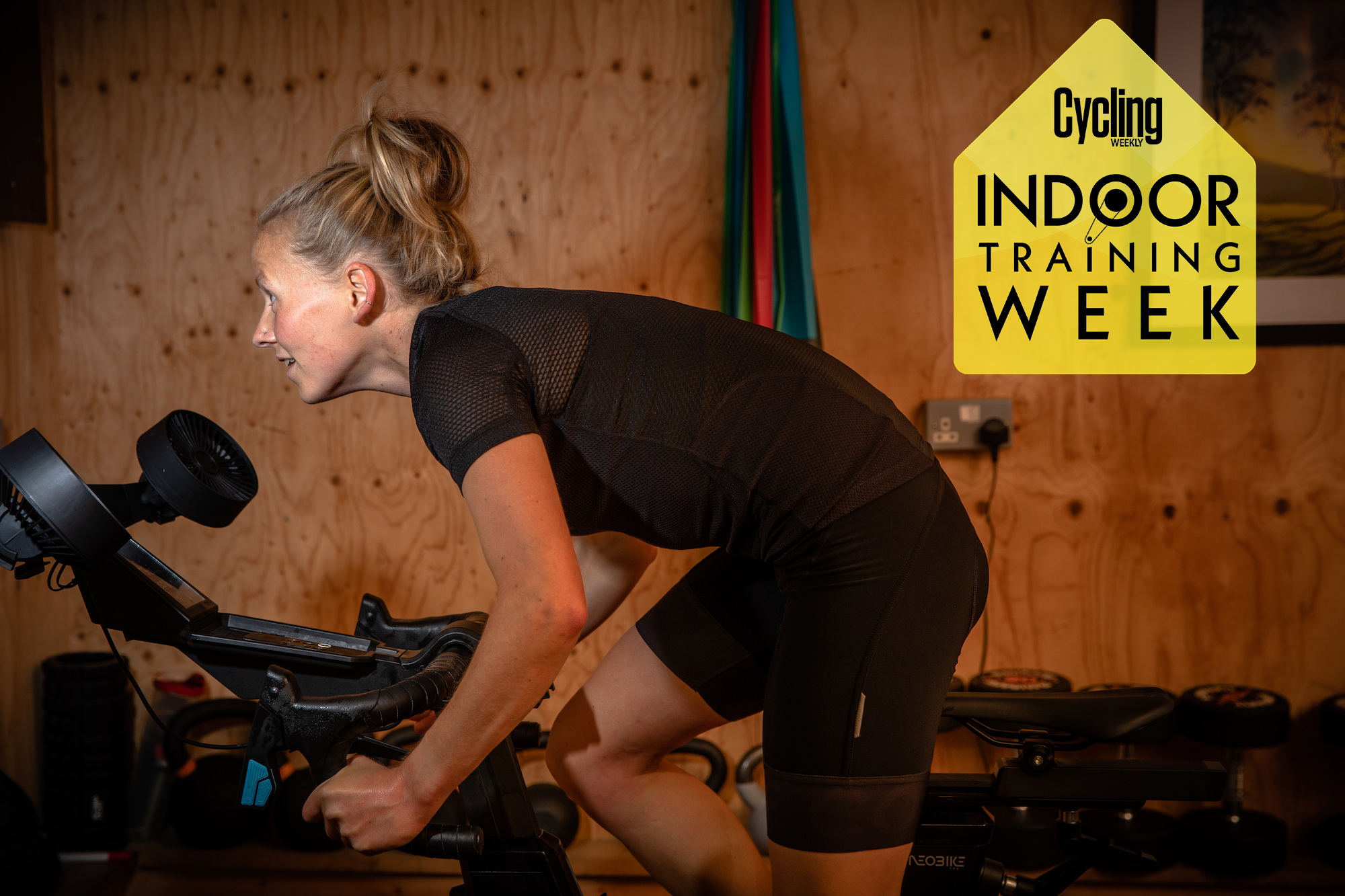 It's Indoor Training Week at Cycling Weekly
It's Indoor Training Week at Cycling WeeklyWe're celebrating the great indoors, all week
By Michelle Arthurs-Brennan
-
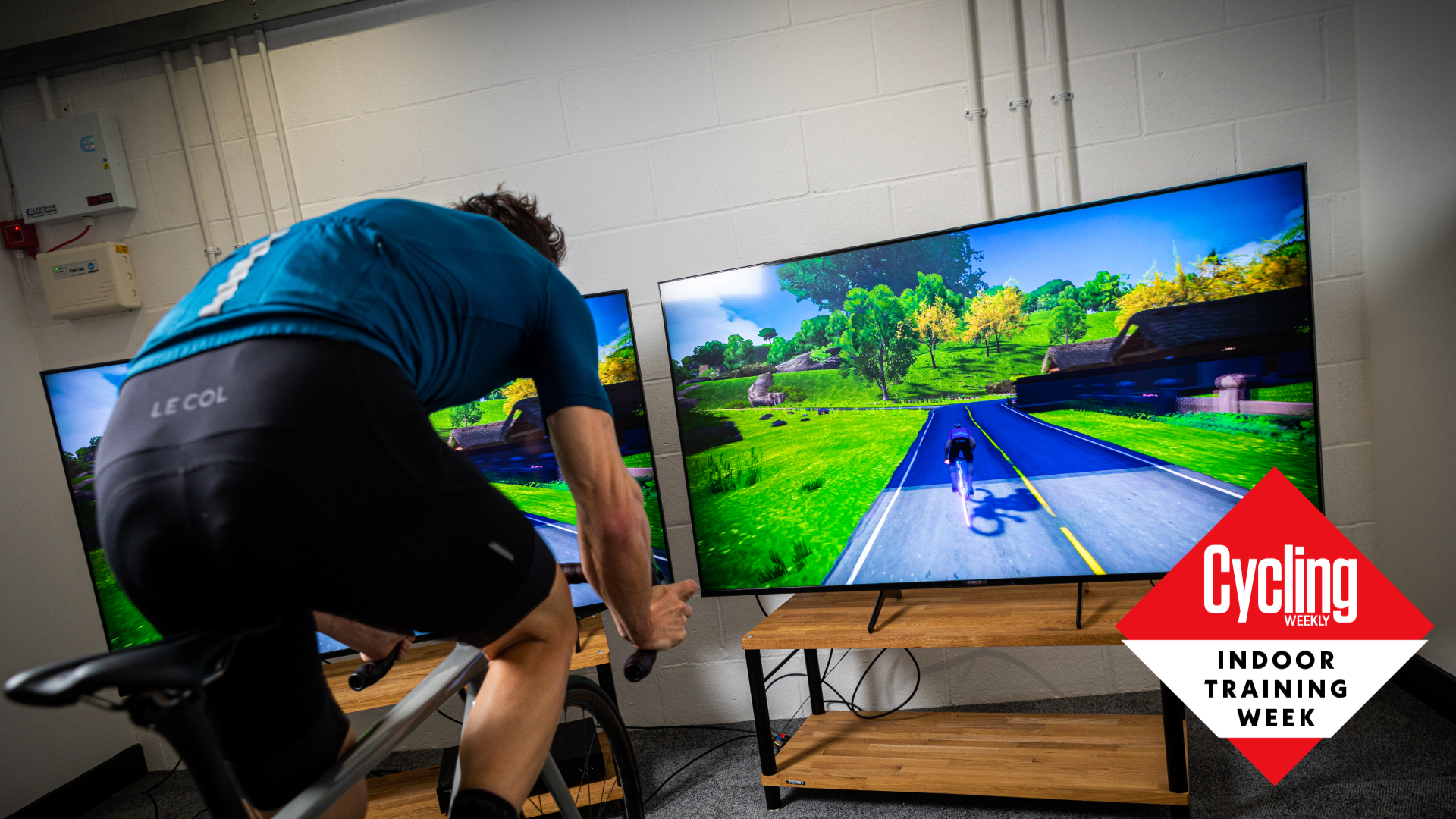 How to challenge yourself on Zwift without entering a race
How to challenge yourself on Zwift without entering a raceBuilding up to more demanding routes, setting PBs up the Alpe du Zwift, hunting out the in-game segments – there are so many ways to push yourself without taking to the virtual start-line
By Anna Marie Abram